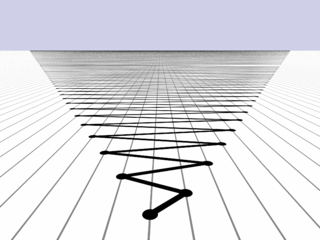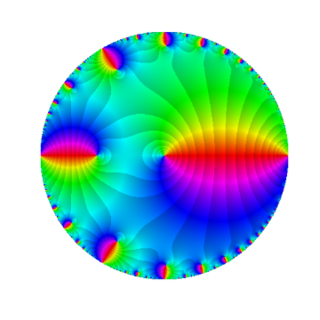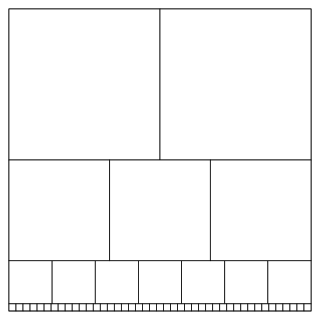 W
WIn mathematics, 1 − 2 + 3 − 4 + ··· is an infinite series whose terms are the successive positive integers, given alternating signs. Using sigma summation notation the sum of the first m terms of the series can be expressed as
 W
WIn mathematics, a geometric progression, also known as a geometric sequence, is a sequence of non-zero numbers where each term after the first is found by multiplying the previous one by a fixed, non-zero number called the common ratio. For example, the sequence 2, 6, 18, 54, ... is a geometric progression with common ratio 3. Similarly 10, 5, 2.5, 1.25, ... is a geometric sequence with common ratio 1/2.
 W
WIn mathematics, a harmonic progression is a progression formed by taking the reciprocals of an arithmetic progression.
 W
WIn mathematics, a Lambert series, named for Johann Heinrich Lambert, is a series taking the form
 W
WIn mathematics, the Mercator series or Newton–Mercator series is the Taylor series for the natural logarithm:
 W
WThe sum of the reciprocals of all prime numbers diverges; that is:
 W
WIn number theory, Sylvester's sequence is an integer sequence in which each term of the sequence is the product of the previous terms, plus one. The first few terms of the sequence are2, 3, 7, 43, 1807, 3263443, 10650056950807, 113423713055421844361000443.